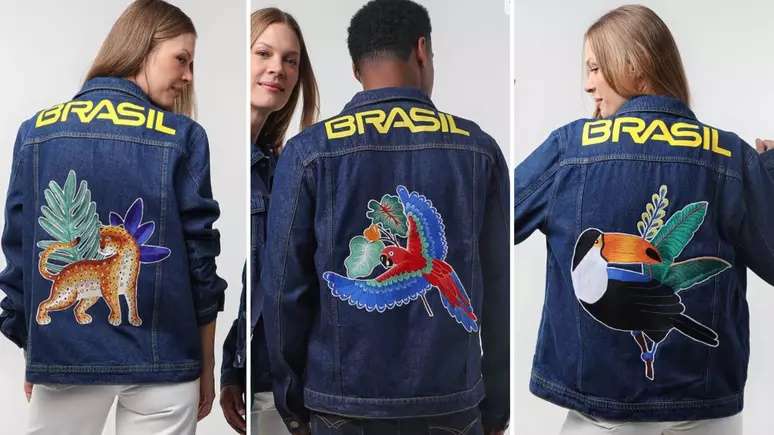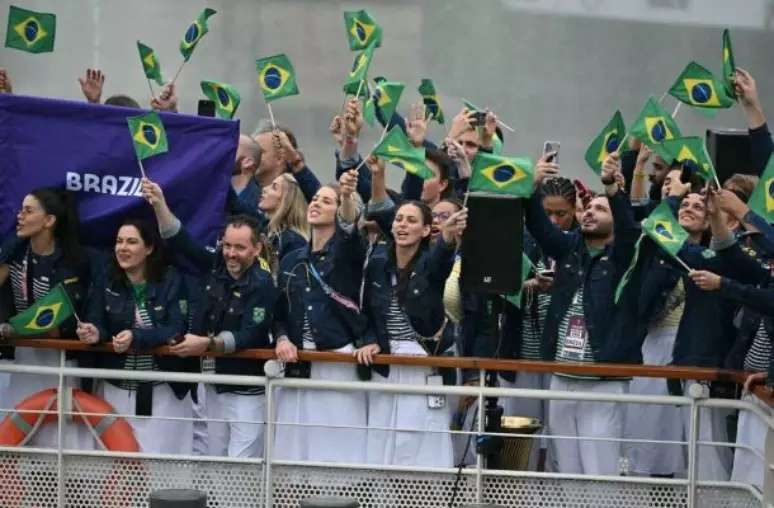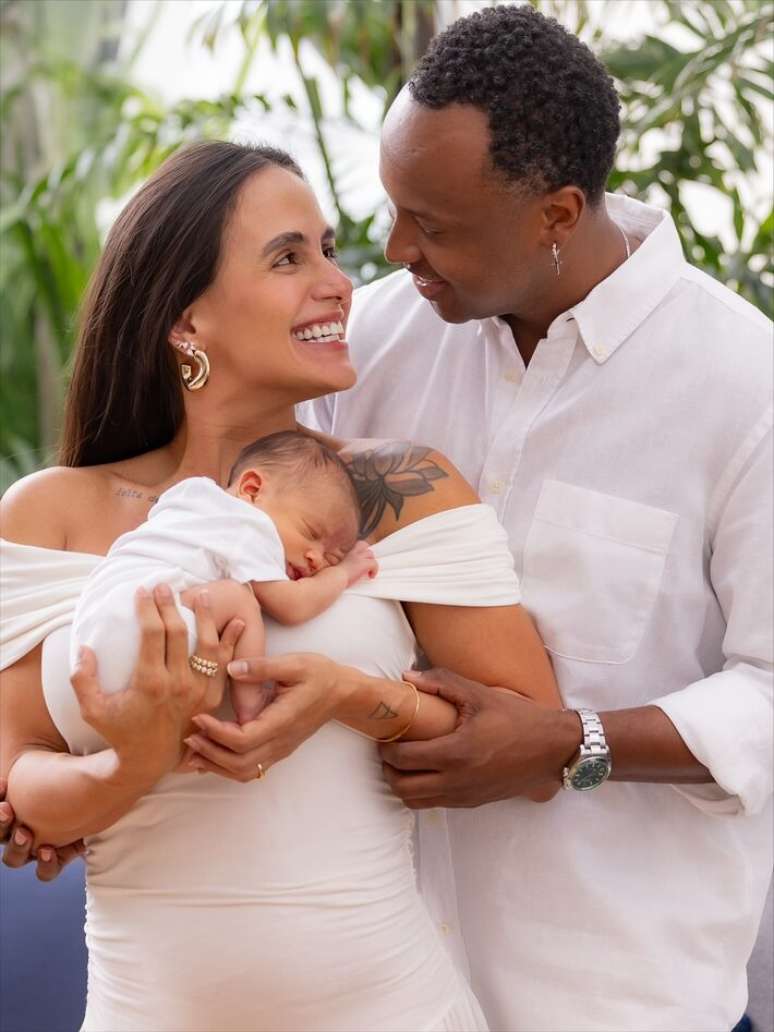With experience at a French university, Giulia Falcone says the delegation’s uniforms seem designed to please foreign eyes
On the boat in the middle of the Seine, at the opening ceremony of the Paris Olympic Games, the uniform of the Brazilian athletes, created by Riachuelo, seemed even suitable for the nautical environment. Another sponsor, Havaianas, probably didn’t appreciate it very much, as its flip-flops didn’t appear in the television image.
Historian Giulia Falcone, a USP PhD student with a research internship at the École des Hautes Études en Sciences Sociales de Paris, and a lecturer on the course ‘History of Fashion: Origins, Production and Consumption’ at Casa do Saber, highlights the design and production issues that have led to the Brazilian contestants’ official costumes generating so much criticism and memes.
After all, are uniforms as harmful as the Internet and some designers claim?
The issue is not only whether the uniform is beautiful or ugly, but if it has generated so much criticism it is because the general public and professionals have not seen themselves represented in the design. It is also worth trying to dissect what has been said piece by piece, also to have a more precise reading and try to identify how this uniform could have been more representative of what we expect for Brazilian fashion.
What are the highlights of the criticized denim jackets with back embroidery?
The denim jacket is a key piece, both to understand the content and tone of the criticism, but also to understand what the expectations were for this uniform produced by a retail brand, a fast fashion brand. It seems like a missed opportunity to valorize our savoir-faire on a large international platform, like the Olympics, that is, this Brazilian know-how, generally linked to a regional culture, like the embroidery made by the women of Timbaúba dos Batistas. The piece presents a bit of this tension between large-scale mass production, like Riachuelo, and local production, shown only on the back of the uniform. Our traditional know-how has been devalued, diluted in the midst of this clothing, which does not seem special for the occasion.
The French television channel CNews has included the Brazilian swimsuit among the 20 most beautiful.
The uniform praised by the international media speaks much more of a lack of reference from a foreign point of view on what Brazilian fashion is. I would say the same about the Havaianas flip-flops. They were probably included for foreign eyes as well. The striped shirt is much more of a tribute to French fashion than to what we understand as a design, a Brazilian print. The look does not seem to be designed to appeal to the Brazilian public. Depending on the use of this uniform, the lack of reference to what Brazilian fashion is will persist.

They complained about the lack of Brazilianness in the costumes. What would represent the national DNA?
We were missing references, our mix, an invitation to textile cultures with specialized local labor. I always think about the use of raw materials by the fashion industry. It would have been really nice, for example, to use agroecological cotton.
Some of the criticism is due to the support of Riachuelo owner Flavio Rocha, Jair Bolsonaro and right-wing agendas. Is fashion contaminated by political activism?
We have understood in these years that fashion is also a political choice. So, where we invest our money, what kind of brands we support, has a lot to do with this effort of trying to create a lifestyle consistent with our values. We want to understand the practices of these brands in relation to sustainability, what social, political and ethical values they are associated with and if I want to adhere to the symbolic ideal of this brand. In this period of the Olympics, we are projecting a certain Brazil in this uniform, representing a type of country in these garments. Our values are also linked to this clothing. Therefore, it has dissatisfied a part of the population.

Source: Terra
Ashley Fitzgerald is a journalist and author at Gossipify, known for her coverage of famous people and their lives. She writes about a wide range of topics, including celebrities, influencers, social media stars, and public figures. Her articles are known for their in-depth analysis and unique perspective. She is respected for her ability to keep readers up to date with the latest news and trends of the famous people.








